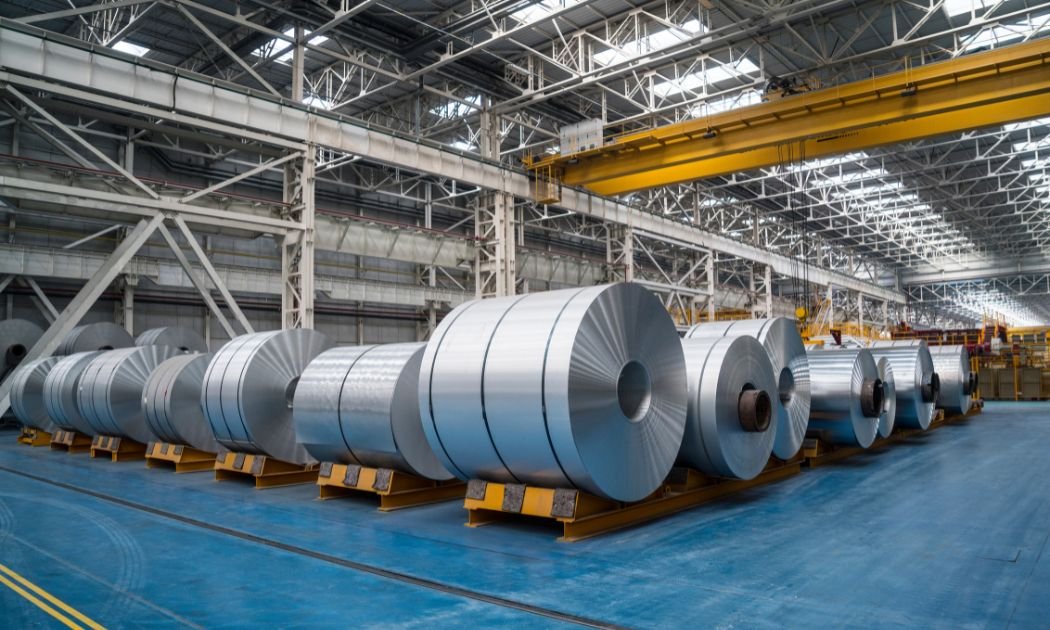Impact on India as Trump Imposes 25% Tariffs on Aluminium
Could Potentially Lead to Job Losses, Lower Wages, Rising Prices in India
February 11, 2025U.S. President Donald Trump is imposing a 25% tariff on steel and aluminium imports into the United States to bolster his efforts to increase domestic production. These new duties, especially on aluminium, could also potentially strain ordinary citizens in India if it drives up prices.
Trump said his administration will impose the tariff on all imports of steel and aluminium beginning March 4, according to the BBC, which said the U.S. President described these measures as “the beginning of making America rich again.”
Steel and aluminium will “be made in America, not in foreign lands,” he was quoted as saying.
After Trump’s statement, metal stocks on the Bombay Stock Exchange declined.
Currently, the United States imposes a 25% tariff on steel imports and a 10% tariff on aluminium imports from India. These rates were established in 2018 under Section 232 of the Trade Expansion Act. This means, effective March 4, the tariff on aluminium imports will also increase from the current 10% to 25%, aligning it with the existing steel tariff, and all country-specific exemptions will be removed.
Trump has previously accused India of being a “very big abuser” on trade, while his top economic adviser, Kevin Hassett, described the India’s tariffs as extremely high in an interview with CNBC, as noted by The Guardian.
On average, the U.S. charges a 2.2% tax on overall imported goods, according to the World Trade Organization, as noted by Reuters. In comparison, India applies a 12% tax, Brazil 6.7%, Vietnam 5.1% and the European Union 2.7%.
In the fiscal year ending March 2024, India exported roughly 200,000 metric tons of aluminium to the United States, valued at around 78.3 billion (7,830 crore) rupees ($894.4 million). The increase in tax from 10% to 25% on India’s aluminium exports to the U.S. would amount to about 1,174.5 crore rupees.
With a 25% duty making Indian aluminium less competitive in the U.S. market, manufacturers in India might see reduced demand, leading to lower production. This could result in job losses or pay cuts for thousands of workers in aluminum-producing states like Odisha and Chhattisgarh, where the industry provides direct and indirect employment.
If companies struggle to offset losses, they may cut costs by reducing wages or scaling back operations, affecting families dependent on these incomes.
A slowdown in aluminum exports can also affect India’s economy by putting pressure on the rupee. With fewer foreign earnings from U.S. trade, the rupee may weaken, making imports of essential goods, fuel and industrial materials more expensive.
If inflation rises due to a weaker rupee, everyday costs for food, transportation and household goods could increase, squeezing household budgets. The impact would be felt most by middle- and lower-income families, who already face rising living costs.
Canada, which supplies over half of all aluminium entering the United States, stands to be most affected. Some Canadian officials have indicated they might try to reduce trade relationships with the U.S. if the duties are enforced.

